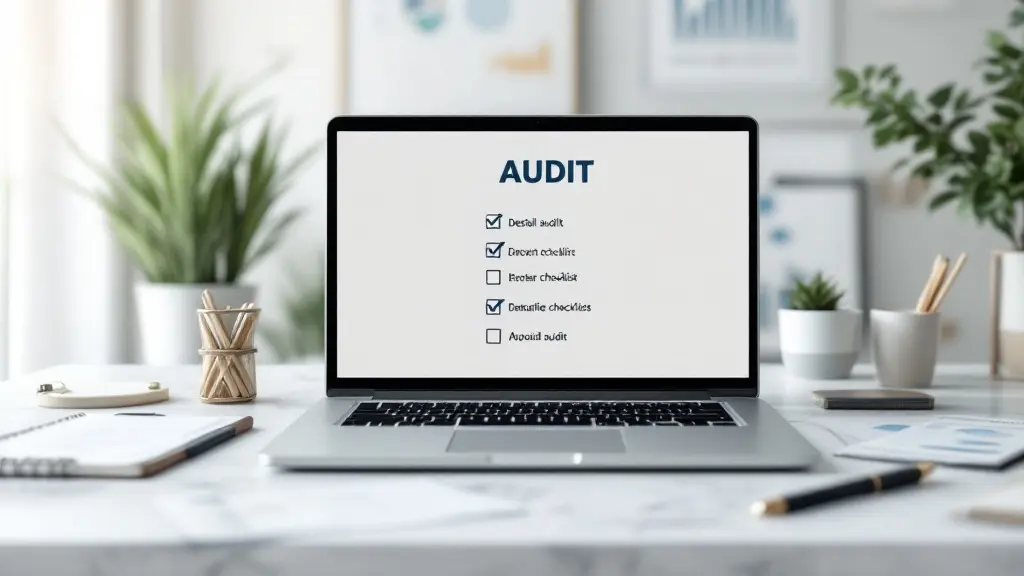Comprehensive Guide to Accounting for Class 11 Commerce Students
Table of Contents
Most Read
[fusion_dropcap class="fusion-content-tb-dropcap"]A[/fusion_dropcap]ccounting is one of the most important subjects for commerce students, especially those in Class 11. Understanding the fundamentals of accounting not only helps in scoring well in exams but also lays the foundation for future financial literacy. Whether you’re just starting your journey in accounting or looking to strengthen your knowledge, this blog post will guide you through the essential concepts and principles that every Class 11 student must grasp.
In this article, we’ll explore the basics of accounting, its key principles, types of accounts, the accounting equation, and much more. So, let’s dive into the world of accounting and equip you with the skills you need to succeed in your studies.
What is Accounting?
Accounting is the process of recording, summarizing, and analyzing financial transactions to provide information that helps individuals and organizations make informed decisions. It plays a crucial role in tracking the financial health of businesses, ensuring compliance with legal regulations, and supporting strategic decision-making.
Importance of Accounting in Class 11 Commerce
For Class 11 students, accounting serves as the foundation for future courses in accounting and finance. Understanding accounting in high school sets you up for success in higher education, whether you pursue a career in business, finance, or entrepreneurship.
Basic Accounting Concepts and Principles
To fully grasp accounting, it’s important to first understand the basic concepts and principles that guide accounting practices. Here are some of the key principles that form the backbone of accounting:
1. The Entity Concept
The Entity Concept is a fundamental principle in accounting that states that the business and its owner(s) are separate entities. This means that the personal finances of the business owner should be kept separate from the finances of the business. For instance, if the owner withdraws money for personal use, it should be recorded as a drawing in the books of accounts.
2. The Money Measurement Concept
According to this principle, only transactions that can be expressed in monetary terms are recorded in the books of accounts. For example, an increase in the value of a business’s reputation cannot be recorded, as it is not measurable in terms of money.
3. The Cost Concept
The Cost Concept states that assets should be recorded in the books of accounts at their original purchase price. This ensures consistency and objectivity in financial reporting. For example, if a business buys a machine for ₹1,00,000, it will be recorded at that value, even if the market value of the machine changes over time.
4. The Dual Aspect Concept
This is one of the most critical concepts in accounting, often referred to as the Accounting Equation. It states that every transaction has two aspects – one that affects the assets and one that affects the liabilities or owner’s equity. This principle is the foundation of double-entry bookkeeping, where each transaction must be recorded in two accounts.
The basic accounting equation is:
Assets = Liabilities + Owner’s Equity
5. The Going Concern Concept
This principle assumes that a business will continue its operations indefinitely, unless there is evidence to suggest otherwise. It allows the business to record long-term assets, like property and machinery, without worrying about their immediate sale.
6. The Matching Concept
The Matching Concept dictates that expenses should be matched with the revenues they help generate. In other words, when a company earns revenue, it should also record the expenses incurred to generate that revenue during the same period. This principle ensures that the profit or loss is calculated accurately.
Types of Accounts in Accounting
In accounting, transactions are recorded in different types of accounts. These accounts are categorized into five main groups:
1. Personal Accounts
These accounts represent individuals or entities involved in a business transaction. They can be further divided into:
- Natural persons: Accounts for individuals (e.g., a supplier, a customer).
- Artificial persons: Accounts for organizations, companies, or institutions (e.g., a business or a government agency).
- Representative persons: Accounts for groups or entities representing a person (e.g., creditors, debtors).
2. Real Accounts
Real accounts represent assets owned by the business. They include:
- Fixed Assets: Assets that are not meant for sale, such as land, buildings, and machinery.
- Current Assets: Assets that are expected to be converted into cash within a year, such as inventories, cash, and accounts receivable.
3. Nominal Accounts
Nominal accounts deal with expenses, losses, income, and gains. These accounts are temporary and are closed at the end of the accounting period. Some common examples of nominal accounts include:
- Expenses: Salaries, rent, utilities, etc.
- Income: Sales revenue, interest income, etc.
The Accounting Equation: Foundation of Accounting
The accounting equation is one of the most important concepts in accounting. As mentioned earlier, it is based on the principle of duality, which states that every transaction affects both sides of the equation. The basic accounting equation is:
Assets = Liabilities + Owner’s Equity
This equation must always remain balanced. Every financial transaction will have an equal and opposite effect on both sides of the equation. For example:
- Purchase of Equipment (Assets increase)
- Increase in Assets (Equipment)
- Increase in Liabilities (Loans or Accounts Payable)
- Sale of Goods (Revenue increase)
- Increase in Assets (Cash/Accounts Receivable)
- Increase in Owner’s Equity (Profit or Capital)
Understanding how to apply the accounting equation is crucial for Class 11 students as it forms the basis for recording all financial transactions.
The Double-Entry System of Accounting
Accounting follows a double-entry system, which means that for every transaction, there are two corresponding entries made in the books of accounts: one on the debit side and one on the credit side. This system ensures that the accounting equation remains balanced.
Debit and Credit Rules
To understand the double-entry system, you need to know the basic rules for debits and credits:
- Debit: Increases assets and expenses, decreases liabilities, income, or equity.
- Credit: Increases liabilities, income, or equity, and decreases assets or expenses.
By applying these rules, every financial transaction can be recorded in a way that keeps the books balanced.
Financial Statements: The End Result of Accounting
Once all transactions have been recorded, the information is compiled into financial statements. These statements provide a clear picture of a business’s financial performance and position. The main financial statements are:
1. Balance Sheet
The balance sheet provides a snapshot of the business’s financial position at a specific point in time. It lists the assets, liabilities, and owner’s equity, showing whether the business is solvent.
2. Income Statement (Profit and Loss Statement)
The income statement shows the profitability of a business over a period of time. It details the revenues, expenses, and profit or loss during the period.
3. Cash Flow Statement
The cash flow statement tracks the inflow and outflow of cash within a business. It provides insights into the company’s liquidity and its ability to meet short-term financial obligations.
Key Terms to Know in Class 11 Accounting
Here are some important accounting terms that every Class 11 student should be familiar with:
- Journal: The initial book of entry where transactions are first recorded.
- Ledger: A book or collection of accounts where transactions from the journal are classified and summarized.
- Trial Balance: A statement that ensures that the total of all debits equals the total of all credits.
- Depreciation: The reduction in the value of an asset over time, usually due to wear and tear.
Conclusion: Mastering Accounting in Class 11
Accounting is a fascinating subject that offers valuable insights into the financial world. By understanding its fundamental concepts, principles, and practices, you can lay a strong foundation for further studies in commerce and finance. As a Class 11 student, mastering accounting now will not only help you excel in exams but also provide the skills necessary for your future career in business or accounting.
Remember, the key to success in accounting is practice. Regularly solve problems, understand the logic behind the concepts, and keep revisiting the principles. With time, you’ll become proficient in accounting and gain the financial knowledge you need to succeed in the real world.
Good luck with your accounting journey, and keep exploring the exciting world of numbers and financial management!









